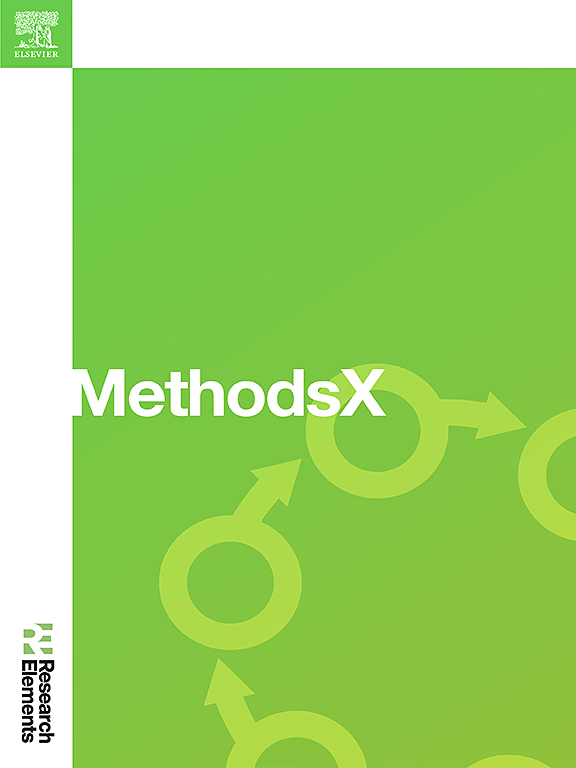利用杂交蚁群和蚁狮优化基因选择和分类增强白血病预测
IF 1.6
Q2 MULTIDISCIPLINARY SCIENCES
引用次数: 0
摘要
基因选择在微阵列数据预处理中起着至关重要的作用,其目的是识别出一小部分基因,从而提高分类精度并降低成本。传统方法,如遗传算法(GA)和最大相关最小冗余(MRMR),已被广泛使用,但生物启发算法,如蚁群优化(ACO)和蚂蚁狮子优化器(ALO)已显示出良好的结果。这些算法基于自然过程:蚁群算法模拟蚂蚁的觅食行为,而蚁群算法模拟反狮子幼虫的狩猎策略。然而,这两种方法在单独使用时都面临着过早收敛和低效的特征空间映射等挑战。为了解决这些问题,本工作引入了一种混合ACO-ALO方法,结合了两种算法的优点。所提出的混合方法通过提高准确率、降低计算复杂度和提高分类器性能来增强特征选择。该模型利用支持向量机(SVM)识别分类的最优特征集,预测准确率达到了93.94%。在微阵列数据集上进行白血病预测的结果表明,混合方法在有效性和效率方面都优于其他方法。这项工作证明了混合优化技术在生物信息学中的潜力,可以更好地进行基因选择和癌症诊断。•混合ACO-ALO方法结合了两种算法的优势,以更好地选择特征。•增强分类器性能,同时降低计算复杂度。•在白血病预测数据集上优于传统方法。本文章由计算机程序翻译,如有差异,请以英文原文为准。

Enhanced leukemia prediction using hybrid ant colony and ant lion optimization for gene selection and classification
Gene selection plays a crucial role in the pre-processing of microarray data, aiming to identify a small set of genes that enhances classification accuracy and reduces costs. Traditional methods, such as Genetic Algorithms (GA) and Maximum Relevance Minimum Redundancy (MRMR), have been widely used, but bio-inspired algorithms like Ant Colony Optimization (ACO) and Ant Lion Optimizer (ALO) have shown promising results. These algorithms are based on natural processes: ACO mimics the foraging behavior of ants, while ALO models the hunting strategy of ant-lion larvae. However, both approaches face challenges like premature convergence and inefficient feature space mapping when used individually. To address these issues, this work introduces a hybrid ACO-ALO method, combining the strengths of both algorithms. The proposed hybrid approach enhances feature selection by improving accuracy, reducing computational complexity, and boosting classifier performance. The proposed model, which identifies the optimal feature set for classification using Support Vector Machine (SVM), has achieved an impressive prediction accuracy of 93.94 %. Results on microarray datasets for leukemia prediction show that the hybrid approach outperforms other methods in terms of both effectiveness and efficiency. This work demonstrates the potential of hybrid optimization techniques in bioinformatics for better gene selection and cancer diagnosis.
- •Hybrid ACO-ALO approach combines strengths of both algorithms for better feature selection.
- •Enhances classifier performance while reducing computational complexity.
- •Outperforms traditional methods on leukemia prediction datasets.
求助全文
通过发布文献求助,成功后即可免费获取论文全文。
去求助
来源期刊

MethodsX
Health Professions-Medical Laboratory Technology
CiteScore
3.60
自引率
5.30%
发文量
314
审稿时长
7 weeks
期刊介绍:
 求助内容:
求助内容: 应助结果提醒方式:
应助结果提醒方式:


